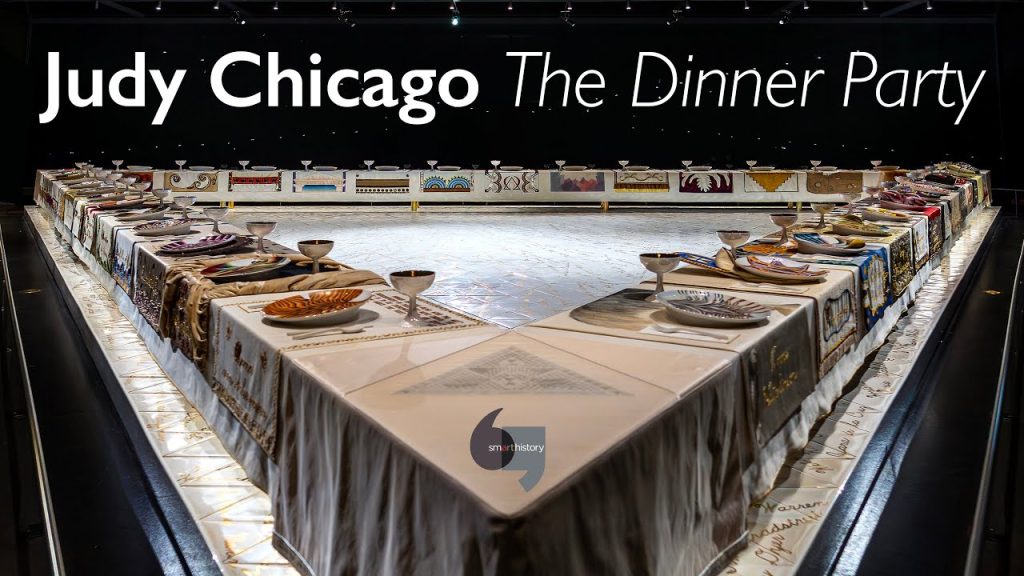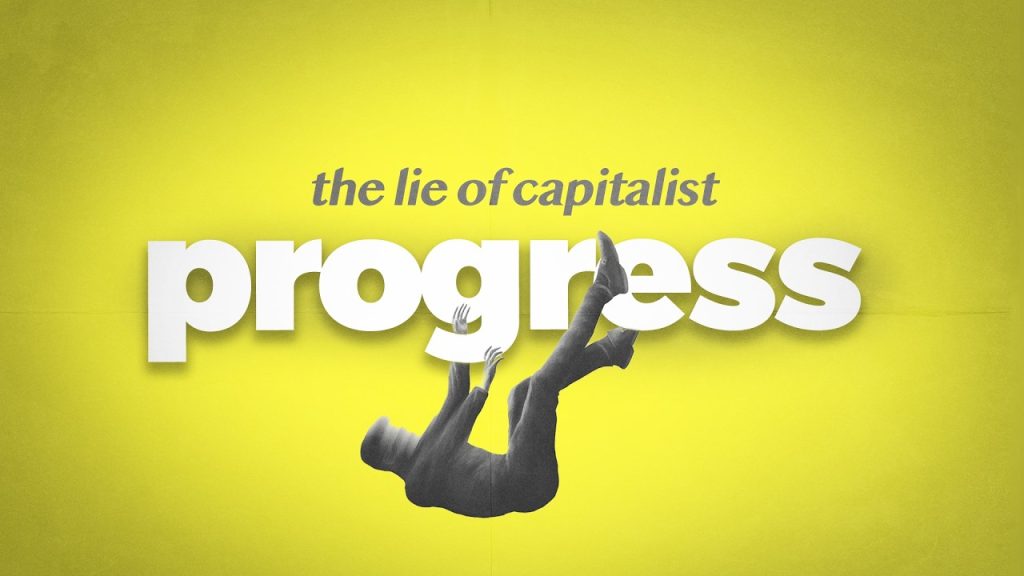Judy Chicago’s “The Dinner Party” stands as one of the most iconic works in feminist art history, challenging traditional narratives and celebrating women’s contributions across time. The title immediately evokes a gathering, but more than a social event, it symbolizes the collective recognition of women’s often-overlooked achievements. This monumental installation art piece is renowned for its bold political and cultural statements, reshaping conversations around gender, history, and power.
Created between 1974 and 1979, “The Dinner Party” emerged during a surge of feminist activism and artistic experimentation in the United States. The 1970s marked a critical period in the fight for gender equality, encompassing movements for reproductive rights, workplace equity, and political representation. Against this backdrop, Chicago’s work served not only as an artistic endeavor but as a political manifesto that sought to visually reclaim women’s history and honor their legacy.
The installation comprises a triangular table with 39 intricately designed place settings, each dedicated to a significant woman from history or mythology. The symbolism embedded in these settings critiques centuries of male dominance in historical record-keeping and cultural production. By foregrounding women’s stories, “The Dinner Party” invites ongoing discussions about how society views gender roles and the politics of representation.
Politically, the work intersects with broader feminist debates, including the recognition of women’s rights as human rights and the inclusion of diverse female identities in discussions about empowerment. The piece has influenced both art and activism, providing a visual language for addressing systemic inequalities. Its reception sparked dialogue about the intersectionality of art, politics, and education, making it a seminal work that continues to inspire scholars, activists, and artists worldwide.
Understanding “The Dinner Party” requires contextual knowledge of the feminist movement’s evolution and its impact on cultural institutions. It also benefits from exploring the ways art can be both reflective and provocative in political discourse, pushing audiences to reconsider entrenched societal structures.
Where to Learn More
- Brooklyn Museum – The current home of “The Dinner Party” installation with extensive background and research materials.
- Tate Modern – Feminist Art – Explores feminist art history and key figures, including Judy Chicago.
- The New York Times – Articles and critiques on Judy Chicago’s contributions to feminist art and politics.
- History Channel – Feminism in the 20th Century – Contextual information on the feminist movement shaping the era of “The Dinner Party.”
- Artsy – In-depth perspectives on the political impact of “The Dinner Party” and its legacy in contemporary art.




